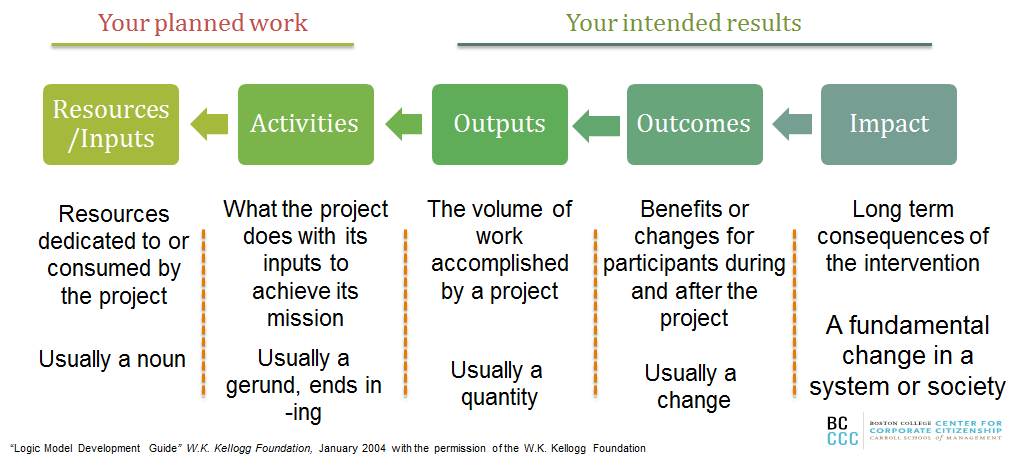 Measuring and evaluating corporate citizenship efforts are critical steps in managing and improving programs. Increasingly, your stakeholders—executives, investors, customers, and employees to name a few—expect that the results of corporate citizenship investments can be quantified. Research shows that careful planning and evaluation can strengthen corporate citizenship performance, and deliver benefits such as improved reputation, higher employee engagement, and better resource management. One recent study showed that firms that create formal corporate citizenship programs that included specific targets and measures outperformed financially companies that did not over the long term.[i]
Measuring and evaluating corporate citizenship efforts are critical steps in managing and improving programs. Increasingly, your stakeholders—executives, investors, customers, and employees to name a few—expect that the results of corporate citizenship investments can be quantified. Research shows that careful planning and evaluation can strengthen corporate citizenship performance, and deliver benefits such as improved reputation, higher employee engagement, and better resource management. One recent study showed that firms that create formal corporate citizenship programs that included specific targets and measures outperformed financially companies that did not over the long term.[i]
Research conducted by the Boston College Center for Corporate Citizenship echoes these findings, and illustrates that comparable performance data are elusive. According to the Center’s 2015 Community Involvement Study, of the companies that offer employee volunteer programs, 87 percent use at least one level of measurement, but only about 20 percent of companies are measuring social impacts. Because impact measures offer companies the data to support long-term investments, those that measure this factor now may be gaining a competitive advantage.
In order to realize possible business benefits, corporate citizenship professionals often take the lead in gathering data from across the company, report on progress toward long-term goals, and communicate results to stakeholders. But how do they know what to measure? What metrics are most important to track? Many of the systems used to collect data require significant investments of time and money, so deciding what to measure can be as important as decisions about the programs themselves.
One way to determine the metrics that are worth collecting is to use a tool called the Logic Model. It is effective in its simplicity and powerful when put into practice (see Figure A).
Reading a logic model means following the chain of reasoning—or “If...then...” statements— which connect the program’s parts. When “read” from left to right, logic models describe program basics over time, from planning through results. When you know what you’re looking to achieve—whether it’s a percent participation rate or an economic paradigm shift—it’s much easier to build metrics into a program to capture data. Here are a few examples of metrics used throughout the Logic Model:
- Inputs: resources needed to support a program (e.g., time spent, budget, materials, and marketing).
- Outputs: units of goods or services that benefit a particular target audience (e.g., number of meals delivered and hours spent mentoring youth after school).
- Outcomes: results, effects on target audience (e.g., awareness of senior mobility issues, reduced traffic in food pantries in community, lower school absence rate, and increased employee engagement)
- Social impact: long term-effects on overall target audience (e.g., improved child health, better school performance, and decrease in youth involved in gang-related activity).
For those who want to get a more comprehensive picture, join us online January 8 - March 2, 2018 for our Measurement and Evaluation course.

[i] Eccles, R.G., Ioannou, I., & Serafeim, G. (2014). The Impact of Corporate Sustainability on Organizational Processes and Performance. Management Science: 60 (11), 2835-2857.